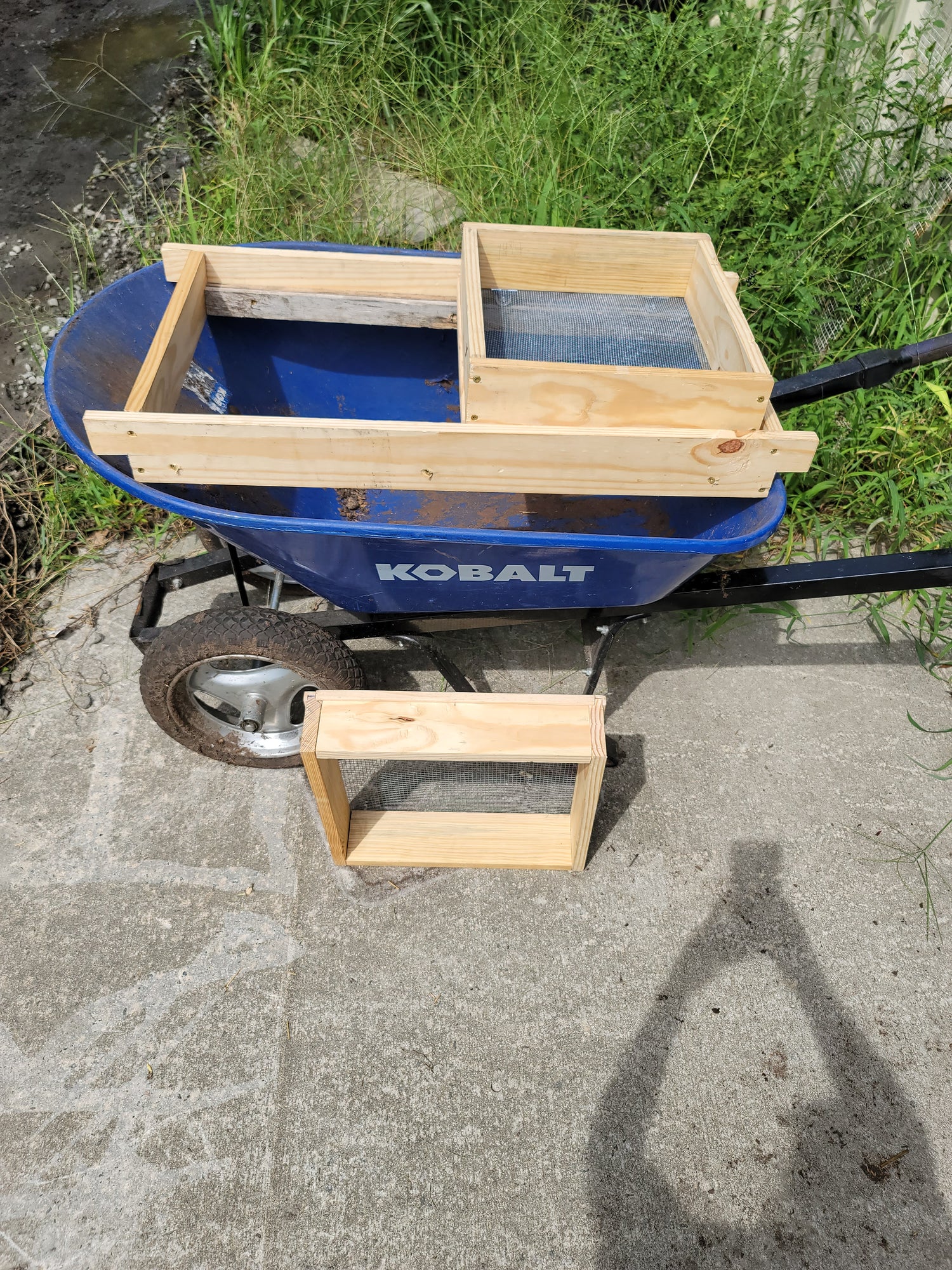When Should I Divide My Worm Bin
Don't let your worm farm get too crowded! Dividing your worm farm is a great way to give your manure worms more space and make sure they have enough food waste. But when is the best time to divide your manure worms? Read on to find out.
The process of dividing a worm bin

When you divide a worm composting bin, it provides multiple benefits. It allows composting worms such as red wigglers worms to get the food waste they need while preventing overcrowding. To divide a worm composting bin, first separate the pile of manure worms and some of their bedding into two or more parts. Next, move each part to its own composting bin and then add new worm bedding to replace what was moved. Lastly, add organic waste to both worm composting bins - this will give the worms plenty of nutrients for them to repopulate each new space eventually! Dividing your tiger worms bin is an easy and beneficial way to create a larger number of thriving composting areas for your worms and baby worms.
Red wiggler worms begin to reproduce when the temperature in the bin and their environment is ideal (between 55°F and 77°F). If you have noticed a large number of worms, lots of worm castings, or small cocoons in your bin, then it’s time to divide it. This will ensure that there is enough compost food scraps for red wiggler worms. Tiger worms also need enough space to properly break down the organic matter in the bin. If your red wigglers are overcrowded, they will not be able to move freely and won't have enough room to eat.
When you divide your bin, it's important to make sure that each part has plenty of bedding material, food, and moisture for the worms. If one bin looks too wet or dry, adjust the moisture levels before adding in new worms. You can also add a few handfuls of moistened soil to provide a rich source of nutrients for your worms. Finally, be sure to keep an eye on your worm bins regularly and divide them if necessary!
Why you might want to divide your worm bin
When it comes to composting, worms can be an incredibly helpful tool. And one of the best worm species for composting is red wigglers. If you're looking to divide your worm farm, it's a great idea, as separating them out into two bins or more gives the red wigglers enough food and space to thrive, ensuring better production and overall happier composition. Dividing your worm bin also makes harvesting easier since each bin contains fewer worms and you'll be able to divide up their compost as needed - saving you time and effort in the long run!
Worm bins can also become overcrowded if they aren't managed properly. If too much food is added, or the bin becomes too hot or cold, then it's time to divide it. This will provide more space for each worm and make sure that there are enough nutrients in each bin to keep your worms happy and healthy.
When the best time to divide a worm bin is

Dividing a worm bin is a great way to give your composting worms some extra space, but timing is key. If you divide too soon, your worms may not have enough food sources in each section. Red wigglers are generally ready to divide when the population has quadrupled and the bin is nearly full of compost material. On the other hand if you divide too late, your worms may become stressed from overcrowding and their overall health could suffer. It's best to divide at a moderate time when the worms are healthy and comfortable so that each instance of your divide bin can flourish!
***
When Starting A New Worm Bin How Long Before The First Divide
Jumping into a new worm bin should be exciting, but you may find yourself wondering how long before you can start harvesting castings and creating a healthy balance of worms in your system. Generally, it takes about 4 to 6 weeks for the initial composting cycle to take place. During this time, it is important to give your worms plenty of food scraps and keep a close eye on the moisture level.
Once your compost has started to break down, you can divide your worms into two or three separate bins. This will give them room to spread out and create more of their ideal environment for creating castings. You should also start adding new food sources as needed since the increased number of worms will require additional food.
The initial divide can take several days, especially if you have a large number of worms. You may need to use a sorting tray or sift through the compost by hand in order to separate them. Once they are divided, keep an eye on both bins' water levels and ensure that the proper conditions are created for your Worms.
Overall, the answer to how long before the first divide really depends on your individual worm bin setup and the number of worms you have. After the initial composting cycle is complete, you should be able to move forward with dividing them up and continuing the process of creating a healthy balance in your worm bin. Just remember to allow your Worms to have plenty of food and the right environment!
How to go about dividing a worm bin

Composting worms, also known as red wigglers, have become increasingly popular for composting waste. If you already have a worm bin set up, dividing it can be an easy way to increase your composting output and have more worms. Before dividing the bin, make sure you have all the necessary supplies like extra soil and bedding materials, containers for dividing the worms, and new food scraps. Once you’re ready to divide the worm bin, scoop up some dirt from one corner of the bin and look for the worms hiding underneath. Once you separate out the worms in that area into two small piles, move them into different bins or containers with some fresh dirt for them to start living in. Use tweezers or chopsticks to remove any large pieces of debris like crushed eggshells before transferring them into their own smaller bins or containers. With patience and dividing up your worms once a month or so, you should soon be able to enjoy double the amount of finished compost thanks to having twice as many red wigglers!
What to do with the extra worms from division

Check out Memes Worm Bins Here
When dividing your worm bin, you should carefully divide the worms and their bedding between two bins. Red wigglers are the most common composting worm and are best suited for vermicomposting. Any extra worms left over can be returned to the original worm farm or given away to friends who are getting into gardening or vermicomposting - not only will it save them money but help their new project get started with a great foundation. If you have any questions about dividing Check out Memes Worms Hereyour worms, don't hesitate to reach out to an expert in the field!
Dividing a worm farm is an important process when caring for the worms. It will keep them healthier, help control their population and provide enough food for the worms to enjoy. The best time to divide the worm bin is when there are multiple layers of castings and food in the compost. Worms can be divided by hand or with a garden trowel and relocated, either keeping them in a separate container or adding other earthworms, compost, plant matter, leaves,egg shells, coffee grounds or soil as necessary. With each division, you must remove extra worms so they do not overcrowd the container. Put any excess worms back into your garden where they can contribute to soil health and aid in plant growth! Divided bins should be monitored regularly to ensure that the worm population remains at optimal levels. When do you divide your worms? Let us know in the comments!



Leave a comment
All comments are moderated before being published.
This site is protected by reCAPTCHA and the Google Privacy Policy and Terms of Service apply.